May 15, 2017
Gardening at 8000 feet is challenging. Even more so when you consider that we are sitting on almost solid rock.
There’s not much soil to begin with, just the barest of covering on a rocky foundation. The piñon and juniper that surround us work their roots through little crevices in the rock that sits just inches below the surface.
What little soil there was in the area immediately surrounding our house was removed to level the building site. The excavation was almost exclusively rock, one hundred truck loads were taken away. Some rock was kept on site to create retaining walls around the property.
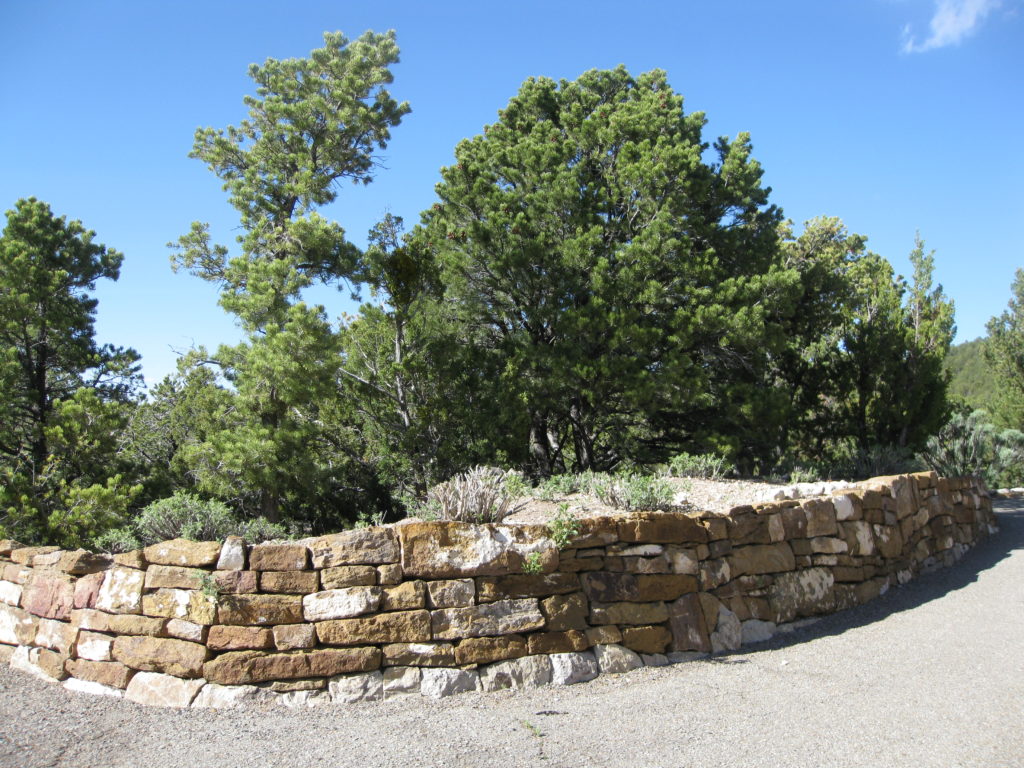
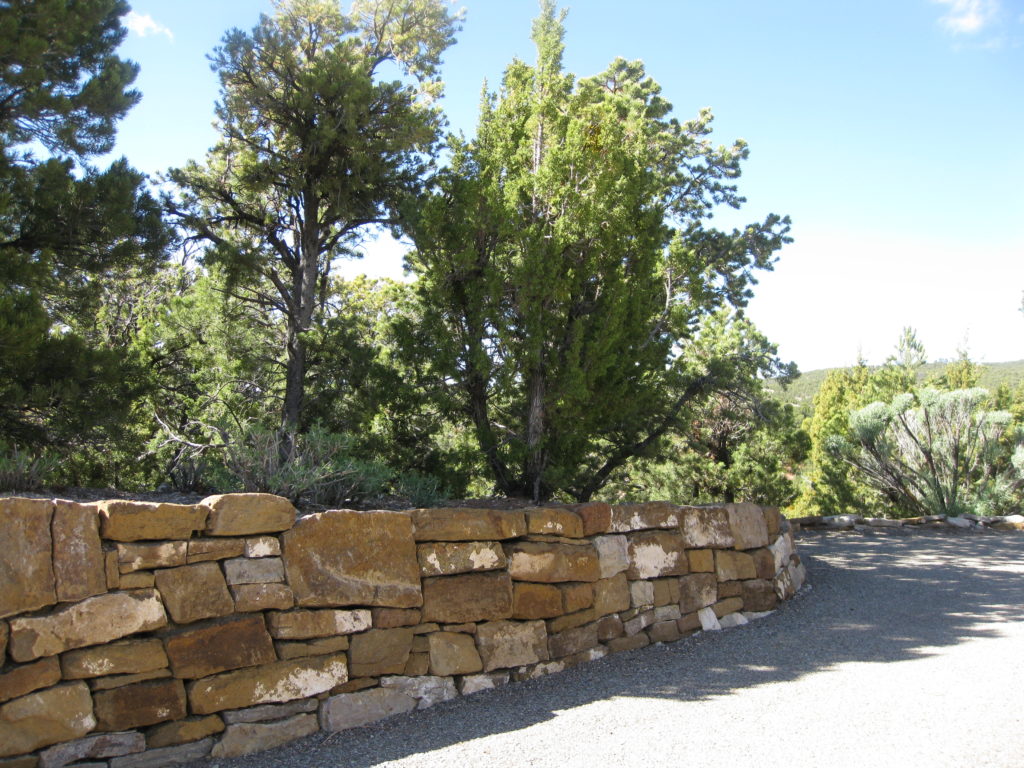
The corollary, however, is that there’s no dirt around the house to dig into to plant much of anything. The landscaping that was done was exclusively within rock retaining walls or our front enclosed courtyard, where topsoil was brought in. The first load of topsoil for the courtyard arrived April 2007, before we were ready to plant anything. April is a windy month in New Mexico. The winds started up one day and before evening every last speck of topsoil was blown to West Texas!
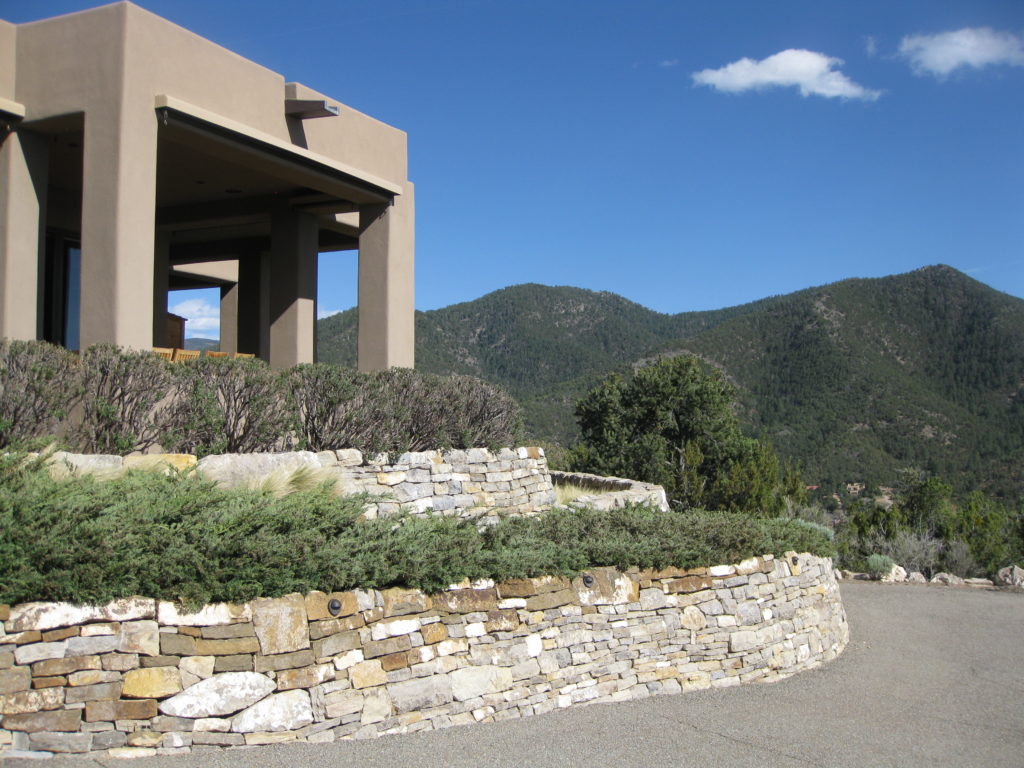
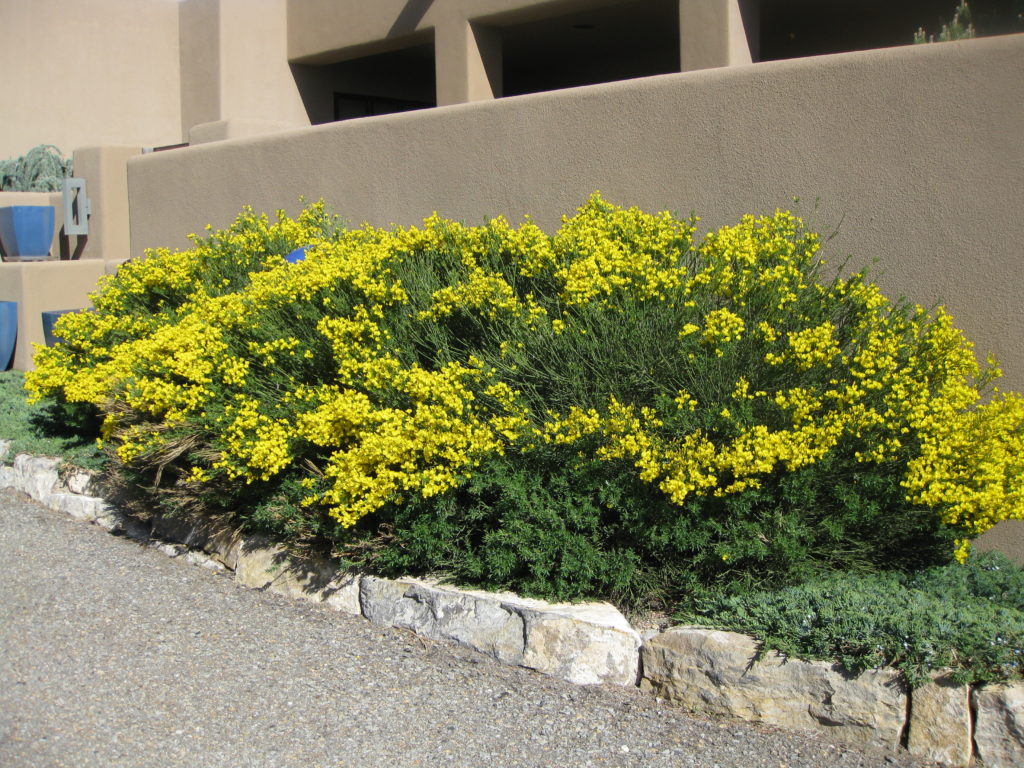
We could consider raised bed gardening but that would just invite the rabbits and deer to munch their way through our garden. As it is, we’ve offered up several stands of ornamental grasses on the periphery of our landscaped area to the critters. We seem to have reached a truce of some sort. We let them eat the ones around the edges and, for the most part, they let the others alone.
We installed a greenhouse that allows us to extend the growing season by many months. It also allows us to winter over a number of plants that would not survive in this climate. The greenhouse also allows us to grow fig trees in large pots. The first year we grew figs, they didn’t ripen. It turns out that even though summer days are warm, the nights are cool enough that the fruit doesn’t ripen. The following year we left the fig trees in the greenhouse throughout the summer, convinced that it would be too warm for them to thrive even with the automatic ventilation system.
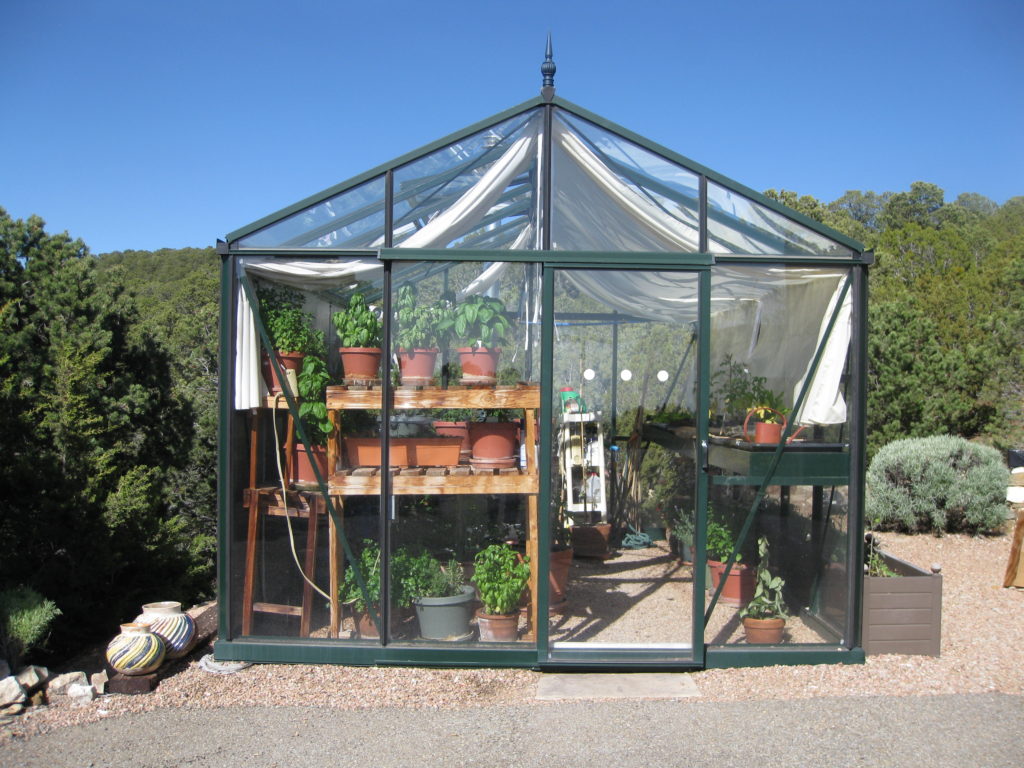
Luckily, we were wrong. The fig trees loved the heat. Picking a ripe fig off of the tree and eating it immediately is amazing. The only fresh fruit experience that would be superior, in my estimation, is a fresh-picked mango…and those trees won’t fit in our greenhouse!
We have one row of planter boxes outside the greenhouse. We use these for plants, like tomatoes, that are not very attractive to deer and rabbits. Salad greens, such as arugula, radicchio, and leaf lettuce grows in shallow trays on a raised shelf in the greenhouse. Many pots of herbs also remain in the greenhouse year-round. Everything else is planted in our interior courtyard, either in pots or in another row of planter boxes.
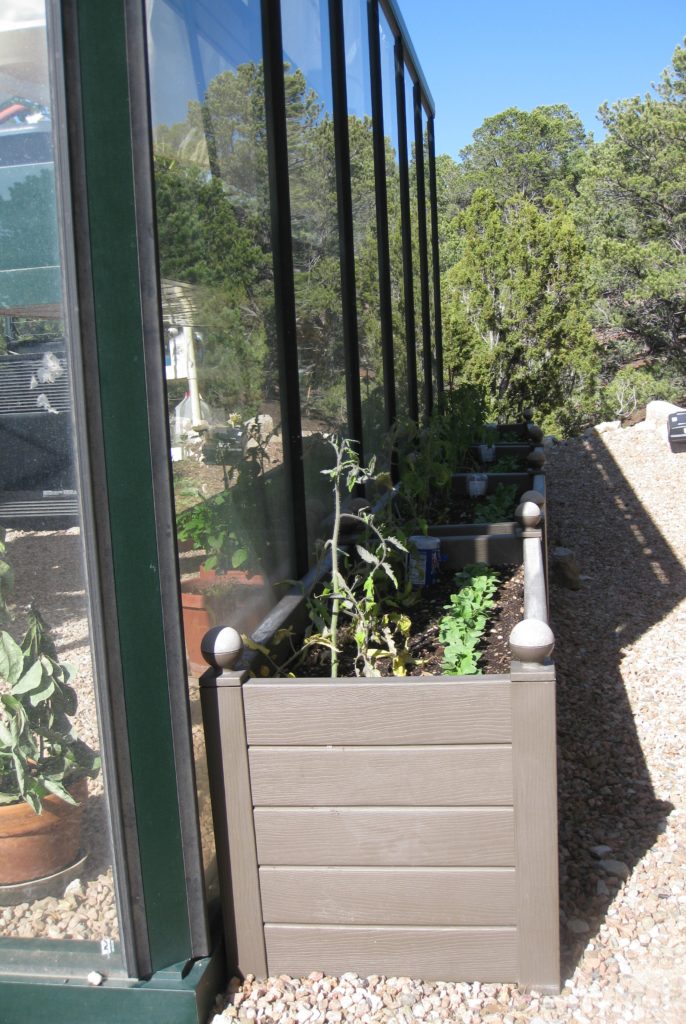
Depending on the type of plants, we start planting seeds in February. Seedlings are transplanted once the risk of frost is minimal.
This year, we started too much basil from seed. It needed to be thinned. This created the opportunity for us to have pesto much earlier than would otherwise have been the case. Usually it’s June before the basil plants have grown large enough that we can harvest leaves for pesto.
We had this pesto on April 30th, a day that measured more than 8 inches of snow at Villa Sentieri. It was winter’s last hurrah and fresh pesto was a perfect way to welcome spring and say good-bye to winter.
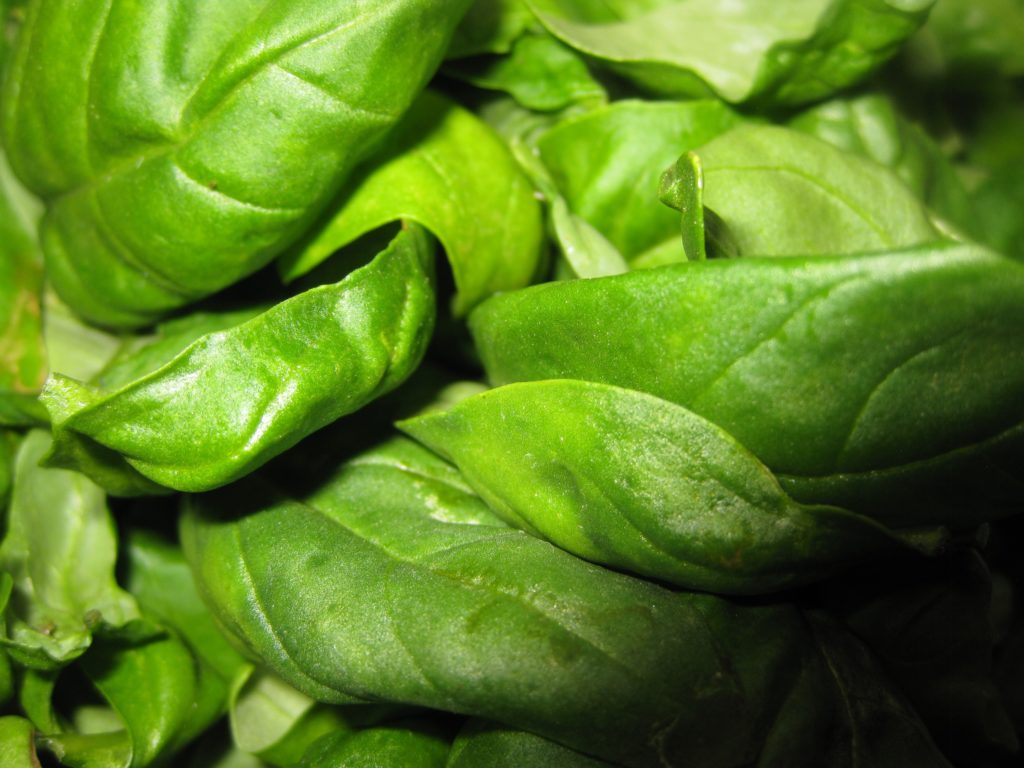
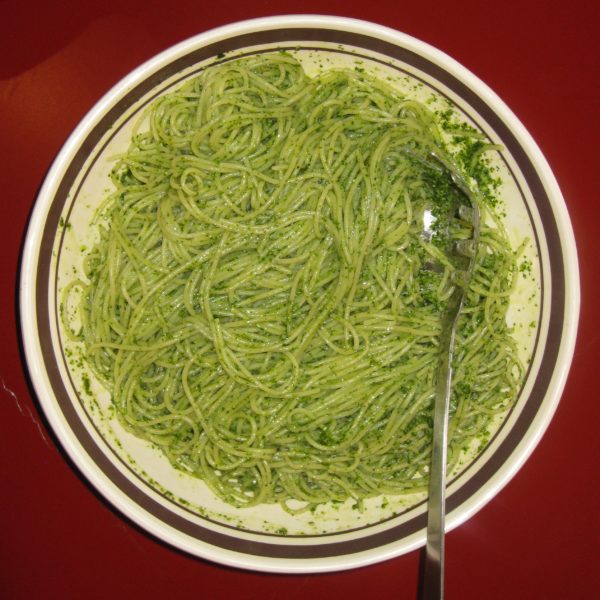
| Prep Time | 30 minutes |
| Cook Time | 15 minutes |
| Passive Time | 30 minutes |
| Servings |
people
|
- 2 cups basil leaves very lightly packed
- 1/2 cup extra virgin olive oil preferably sweet and fruity
- 2 tablespoons pine nuts
- 2 cloves garlic roughly chopped
- 1/2 teaspoon salt
- 1/3 cup freshly grated Parmigiano Reggiano cheese
- 2 tablespoons freshly grated Pecorino Romano Cheese
- 1 pound dried pasta such as spaghetti, penne rigate, or fusilli
- 3 quarts water
- 1/3 cup salt
Ingredients
For the pesto
For the pasta
|

|
- Pluck the basil leaves from the stems and measure 2 cups, lightly packed.
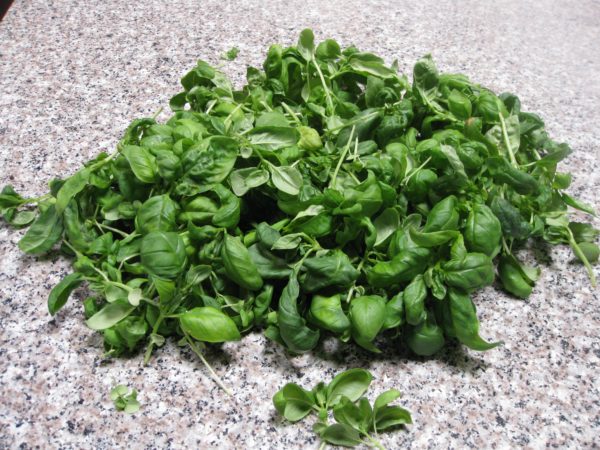
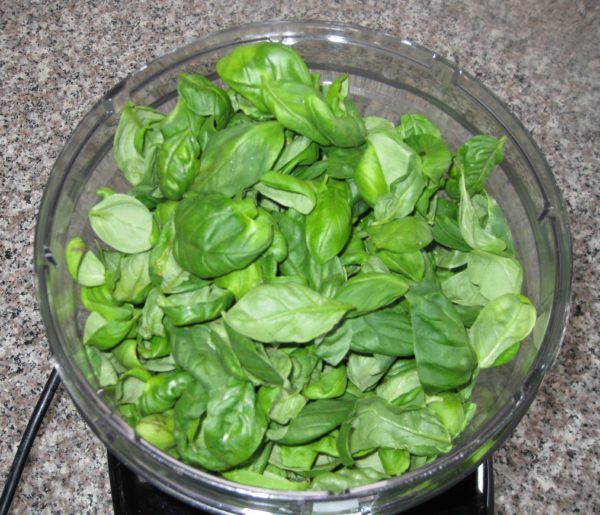
- Measure all the other ingredients. Pine nuts.
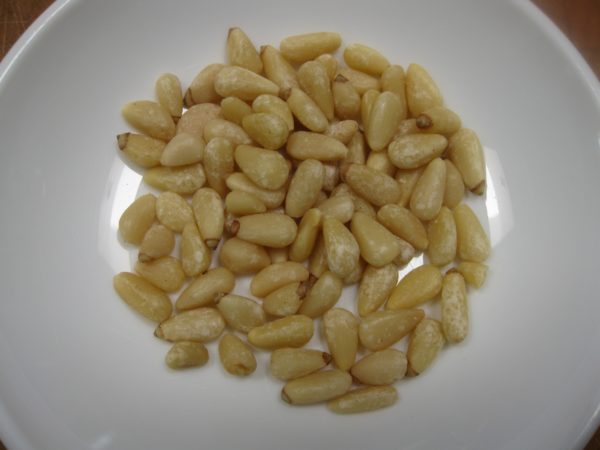
- Garlic.
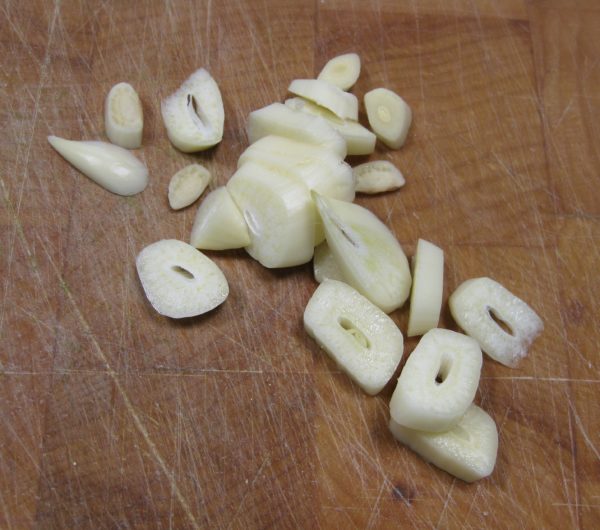
- Parmigiano Reggiano and Pecorino Romano cheeses.
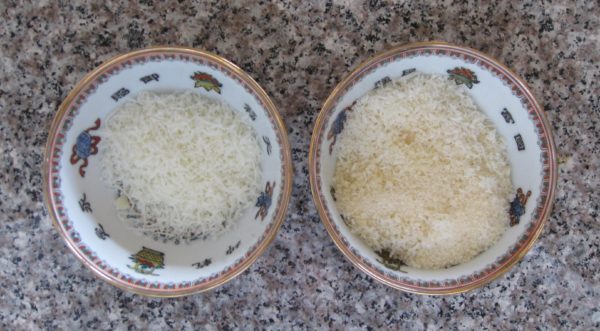
- Don't forget the extra-virgin olive oil and salt.
- Bring three quarts of water and 1/3 cup of salt to a rolling boil.
- While water comes to a boil and the pasta cooks, heat the serving bowl by placing it in a 150°F oven or partially filling it with boiling water.
- When the water comes to a boil, add the pasta. Return to a boil, stirring frequently.
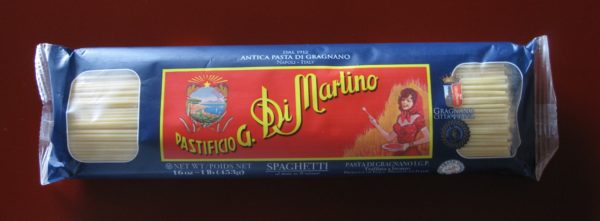
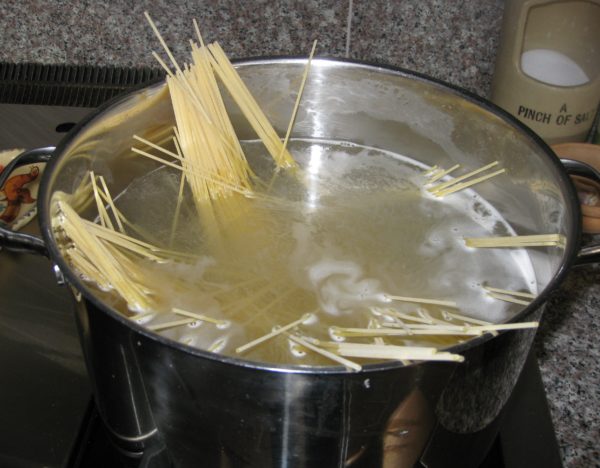
- As the pasta boils, put the basil leaves, olive oil, pine nuts, garlic, and salt in a food processor. Puree the basil mixture, scraping down the sides of the bowl occasionally.
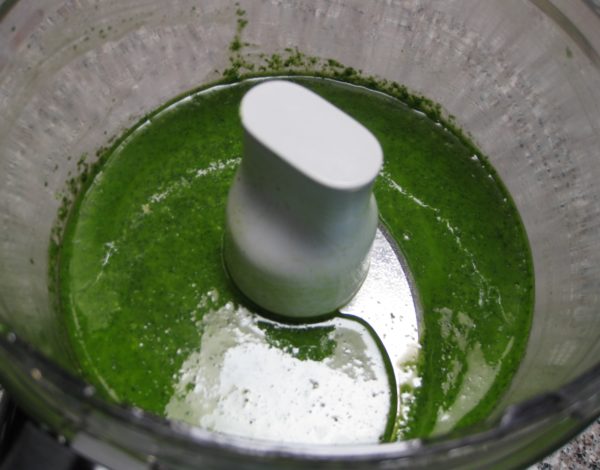
- When the pasta is almost al dente, pour the basil puree into the warmed serving bowl.
- Add the Parmigiano and Romano cheeses. Stir to combine.
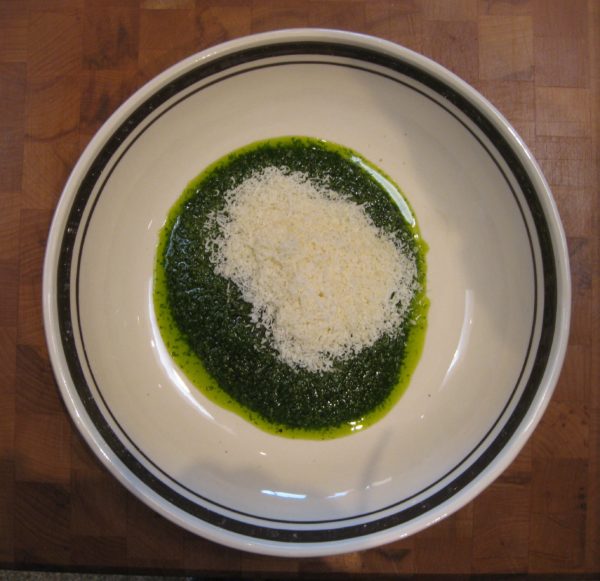
- Remove ¼ of the boiling pasta-cooking water from the pot and stir into the pesto to loosen it.
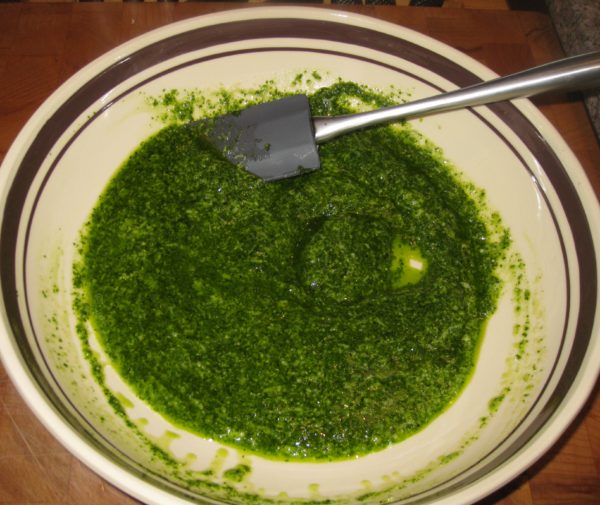
- When the pasta is al dente, remove and reserve a cup of pasta cooking water.
- Drain the pasta. Do not rinse. Add the pasta to the serving bowl and toss to coat each strand.
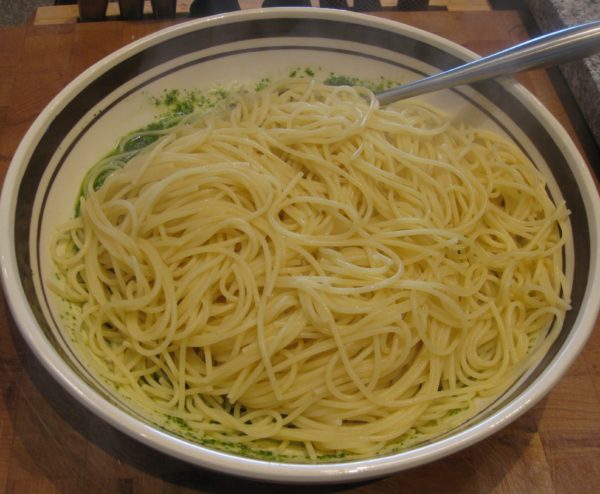
- If the pesto seems a little thick, add a tablespoon or two of the reserved pasta-cooking water.
- Taste and adjust salt if necessary.
- The finished dish.

Copyright © 2017 by VillaSentieri.com. All rights reserved.

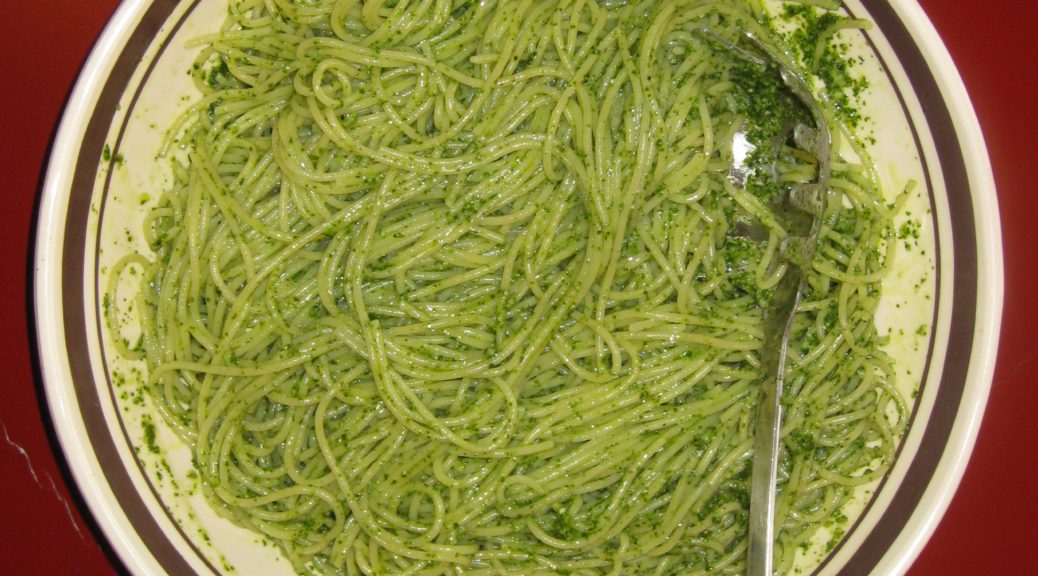
Hi Gary,
This sounds yummy and reminds me to get the basil in the garden this weekend. I’ll try it in June/July when basil trimming starts to happen back here in Illinois.
Hope all is well. Looking forward to some fabulous pesto.
Susie Love
I guess you’re pretty close to the last potential frost so time to plant! All is well, thanks. You too?